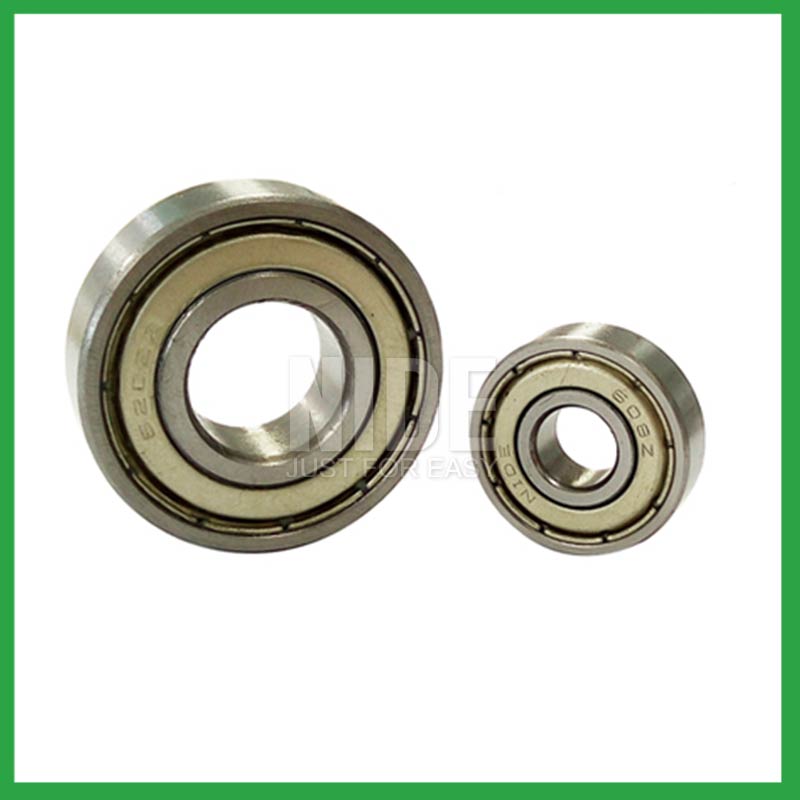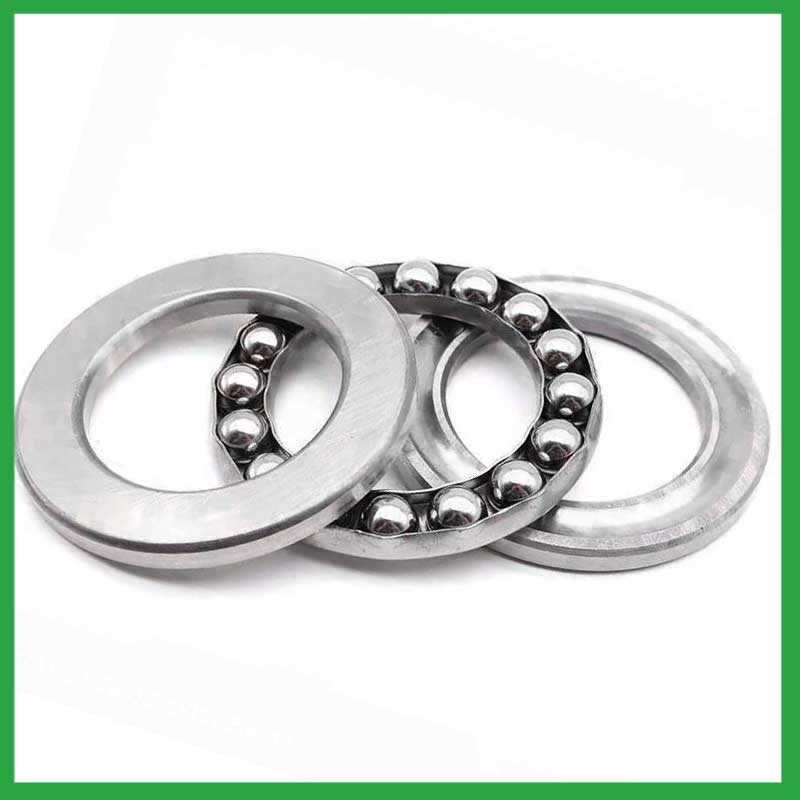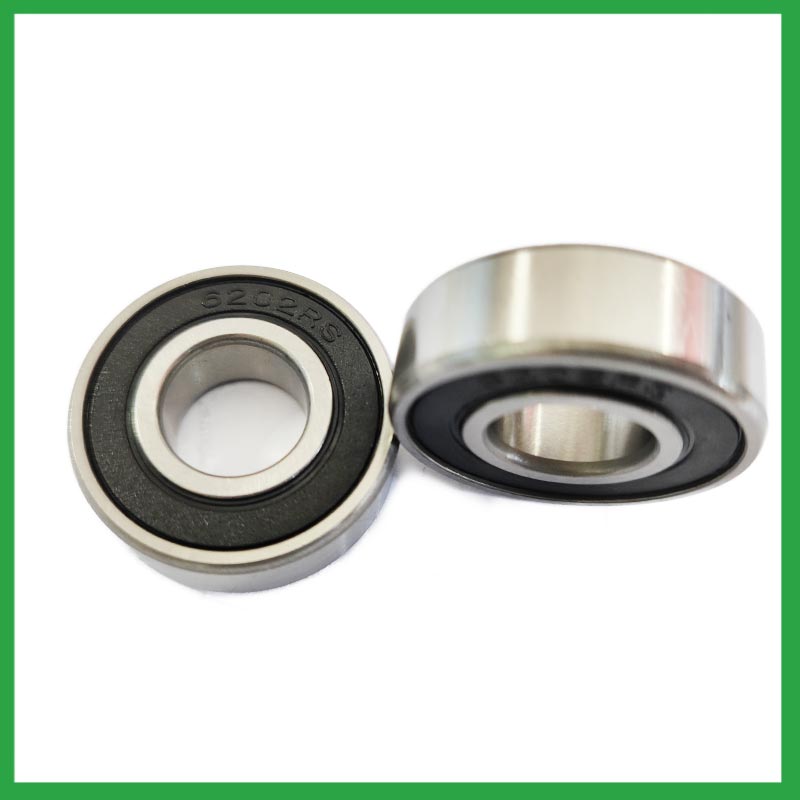PRODUCTS
CONTACT US
Ningbo Nide International Co., Ltd.
一一
· Contact person:Jack Zeng
· Mob/Whatspp/WeChat:0086-13738869026
· Email:emarketing@nide-group.com;marketing4@nide-group.com
· Add:No. 169, Wohushan Road, Daqi Subdistrict, Beilun District, Ningbo, China

Nide team could manufacture ball bearing as per customer’s drawing and samples.
If customer only has samples, we could also design drawing fo r our customer.
We also provide customized service.
Our ball bearing is widely applied the different industrials.
Ningbo Haishu Nide International is a professional manufacturer engaged in bearing research and sales. The factory covers an area of over 9000 square meters and has over 100 employees. The company has modern production equipment and advanced testing instruments. We produce deep groove ball bearings, spherical roller bearings, magnet,fan,ball bearing,carbon brush,shaft,motor cover and lamination,commutator, etc. The bearing accuracy is P0, P6, P5, P4 levels, widely used in BLDC motor,single and three phase induction motor,compress motor,washing machine motor,servo motor,water pump motor,electric automotive motor,fan motor. Passed ISO9001:2015 and CE status.
We adopt first-class production equipment and a comprehensive testing system, and hire excellent technical personnel for operation and management. Our bearings are now very popular in the United States, Canada, Türkiye, Russia, Argentina Brunei,Singapore,Mali and other countries and regions.Nide wishes is to provide world wide customers with one-stop service for the motor manufacturing.

| Parameter | Information |
|---|---|
| Product Name | ball joint rod end bearing |
| Brand Name | NIDE |
| Place of Origin | China |
| Material | stainless steel, etc. |
| Structure | Deep Groove |
| Color | Customized Color |
| Delivery Time | 5-7days |
| Port | Ningbo/Shanghai |
| Export region | Oceania,Europe,America |
| Export Country | India,Brazil,South Korea,New Zealand,Guinea,Samoa,Denmark...etc |
| Application | fan electric motor, etc. |
| OEM/ODM | Support |
| Size | Customized size |
| Stock | In Stock |
| Feature | Good wear resistance,Strong carrying capacity...etc |
| MOQ | 10 pieeces(Specific according to the model) |
| Certification | ISO9001,CE-stator coil forming machine,CE-insulation paper inserting machine,etc |
| Supply Ability | 100000-500000 Piece/Pieces per Month |
| Lubricate | Oil Grease |
| Packaging Details | Suitable for sea transportation |
| Lead time (days) | 15-20 (To be negotiated) |
Please note: The above table data is for reference only. For specific information, please contact us.
Bearings with ball bearings as rolling elements mainly include self-aligning ball bearings,angular contact ball bearings,thrust ball bearings,adjustable ball bearings, etc.
Before use, the model, size, and design of the ball bearing should be confirmed to ensure suitable application;
During installation, the installation load of the ball bearing should be minimized as much as possible to avoid unnecessary damage;
The bearing shaft and the bearing frame should be stable at the same time to avoid excessive tension.
Ball bearings have many advantages, making them highly competitive in the market.
Firstly, they are very durable and have good wear performance, making their service life longer than many other types of bearings.
Secondly, they are easy to install and can provide low friction performance in various applications.
Thirdly, they require a relatively low level of maintenance, making them cost-effective.
In addition, compared to many other types of bearings, their purchase cost is relatively low, making them an economical choice.




ball joint rod end bearing---FAQs Guide
2.How do different ball joint rod end bearing designs, such as deep groove, angular contact, or thrust bearings, cater to specific applications?
3.Can ball joint rod end bearing operate in high-speed applications, and what design features make them suitable for such conditions?
4.Can ball joint rod end bearing be used in vacuum or cleanroom environments, and what measures are taken to prevent outgassing or contamination?
5.How do ball joint rod end bearing handle radial loads, axial loads, and combined loads, and what are their load-carrying capacities?
6.What anti-corrosion coatings or treatments are available for ball joint rod end bearing used in marine or outdoor applications?
7.What are the standard sizes and dimensions of ball joint rod end bearing?
8.About ball joint rod end bearing,What about the lead time?
9.What is the role of ball joint rod end bearing in reducing friction and wear in automotive applications, such as wheel hubs and transmissions?
10.Can ball joint rod end bearing operate in high-temperature environments like industrial ovens or furnaces, and how are they protected from heat-related damage?
11.Do ball joint rod end bearing come in various tolerance classes?
1.What are the considerations for choosing between open, shielded, or sealed ball joint rod end bearing in specific applications?
While sealed bearings offer superior protection and maintenance advantages, shielded ball joint rod end bearing can be more suitable in situations where minimal friction and operating temperature are crucial. It's essential to assess the operational environment and demands before making a selection.
2.How do different ball joint rod end bearing designs, such as deep groove, angular contact, or thrust bearings, cater to specific applications?
Deep groove ball joint rod end bearing: Deep groove ball bearings are the most common type. They can handle both radial and axial loads. Angular contact ball bearings: Angular contact ball bearings have higher than average internal axial clearance. They can handle axial loads in one direction and moderate radial loads.
3.Can ball joint rod end bearing operate in high-speed applications, and what design features make them suitable for such conditions?
They have very low rolling friction and are optimized for low noise and low vibration. This makes them ideal for high-speed applications. ball joint rod end bearing are comparatively easy to install and require minimal maintenance.
4.Can ball joint rod end bearing be used in vacuum or cleanroom environments, and what measures are taken to prevent outgassing or contamination?
Bearings specify stainless steel for vacuum or cleanroom applications as stainless steels used for the rings, balls and retainer exhibit low outgassing. They usually supply open or shielded stainless steel bearings as vacuum bearings as these will outgas less than a nitrile rubber sealed bearing.

5.How do ball joint rod end bearing handle radial loads, axial loads, and combined loads, and what are their load-carrying capacities?
The type of bearing used also varies between these loads. While deep-groove ball joint rod end bearing are better equipped to handle radial loads, thrust ball bearings are designed for axial loads. However, it's essential to note that most bearings, such as angular contact ball bearings, can handle both radial and axial loads.The Bearing Static Capacity, Co, is the maximum load that can safely be applied to a non-rotating bearing that will not cause subsequent bearing operation to be impaired. It is based on calculated contact stress at the center of the most heavily loaded rolling element where it contacts the Inner Race.
6.What anti-corrosion coatings or treatments are available for ball joint rod end bearing used in marine or outdoor applications?
Corrosion Resistant Coatings.Whether ball joint rod end bearing are manufactured from stainless steel or from chrome, anti-corrosion coatings can be applied. Compared to the natural state of the base metal, these coatings make surfaces less chemically reactive. In their selection of treatments or coatings, some industries choose to consult with the manufacturer of the bearings they use. This is because surface engineering is a highly specialized undertaking. These coatings used for their anti-corrosion properties to protect bearings in harsh environments include the following:Passivation (of stainless steel),Carbide and titanium nitride,Galvanized zinc,Nickel plating,Cadmium plating,TDC (thin dense chrome).
7.What are the standard sizes and dimensions of ball joint rod end bearing?
ball joint rod end bearing size charts are widely available, and can be used to find the measurements of a specific bearing. Series 6200 and 6300 are the most commonly used, and typically range from 10 x 30 x 9 mm (. 394 x 1.181 x . 354 in) to 150 x 320 x 65 mm (5.906 x 12.598 x 2.559 in).
8.About ball joint rod end bearing,What about the lead time?
3-7 days for samples, 3-4 weeks for mass production.

9.What is the role of ball joint rod end bearing in reducing friction and wear in automotive applications, such as wheel hubs and transmissions?
When a load is applied to a ball bearing, the ball joint rod end bearing roll freely between the inner and outer rings. This rolling action significantly reduces friction compared to sliding contact, resulting in smoother rotation and reduced wear.
10.Can ball joint rod end bearing operate in high-temperature environments like industrial ovens or furnaces, and how are they protected from heat-related damage?
ball joint rod end bearing are capable of working at temperatures up to +842°F (+450 °C). Special lubricants, seals and coatings make this possible by protecting the ball bearings from heat damage.
11.Do ball joint rod end bearing come in various tolerance classes?
Bearing tolerances are standardized by classifying bearings into the following six classes (accuracy in tolerances becomes higher in the order described): 0, 6X, 6, 5, 4 and 2.

